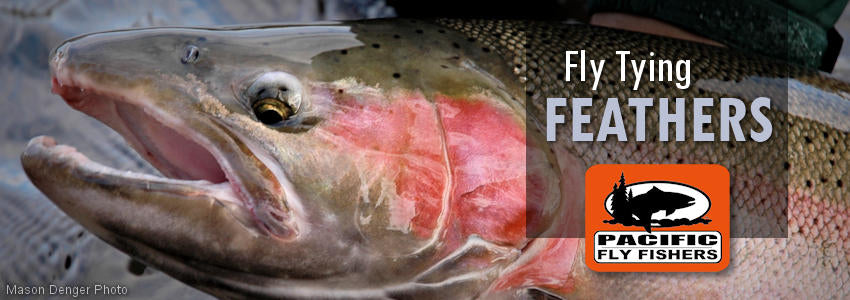
Fly Tying Feathers
Fly tying feathers including peacock, CDC, ostrich, various pheasant tails, rumps and select feathers. Also fly tying feathers such as goose shoulder, amherst tails, guinea, goose and turkey biots and quills, schlappen, saddle packs, and lots more!
Read more
Discover our selection of fly tying feathers - perfect for crafting everything from dry flies to streamers, nymphs, and steelhead patterns. We carry premium fly tying feathers including dry fly hackle, saddle hackle, peacock feathers, ostrich intruder feathers, marabou, chicken feathers, soft hackle, mallard, CDC feathers, duck feathers, coq de leon, pheasant tails, golden pheasant, and schlappen. Sourced from industry-leading brands like Hareline, Wapsi, Nature’s Spirit, Whiting Farms, and many more, these feathers are essential for serious tiers.
Fly tying feathers play a critical role in creating lifelike imitations of insects and baitfish. These natural materials add motion, buoyancy, color, and realism to your patterns. While chicken hackle remains one of the most widely used types of fly tying feathers, a range of other feathers contribute to various fly styles and techniques.
Below is a detailed guide to the most popular fly tying feathers used by anglers and fly tiers worldwide:
Chicken Feathers
Chicken feathers dominate the world of fly tying feathers for their versatility. Used for dry fly hackle, wet fly hackle, and schlappen, they provide structure and movement. Neck hackle is especially valued for accommodating a wide range of hook sizes from a single cape. Saddle hackle, with its longer, uniform barbs, is ideal for sizes 12–16 and offers excellent consistency. Whiting Farms is the gold standard in chicken-based fly tying feathers, particularly with their Bugger Packs designed for woolly bugger patterns. Schlappen—long, soft tail feathers—is a favorite for streamers and wet flies, while Brahma Hen and hen saddles are perfect for soft hackles and nymphs.
Duck Feathers
Duck feathers offer essential variety in the realm of fly tying feathers. CDC (Cul de Canard) is prized for its water-repellent properties and is commonly used in parachute posts and dry fly wings. Mallard flank feathers are highly versatile, used for wet flies, dry fly wings, steelhead collars, and more. Wood duck feathers add a natural barred look to both dry and wet flies.
Peacock Feathers
Peacock feathers are among the most iconic fly tying feathers used in fly design. Peacock herl is often wrapped around the hook shank to create shimmering bodies and thoraxes. Peacock swords are used in traditional patterns like the Zug Bug. Other popular peacock options include blue peacock feathers, eye sticks, and stripped peacock quills—ideal for Euro nymphs and other segmented body patterns.
Turkey Feathers
Turkey feathers are versatile and indispensable in the world of fly tying feathers. The wings and tails are most commonly used for wing cases and body material in trout flies such as the Hare's Ear. Turkey biots—along with goose biots—are popular for wrapping segmented bodies and creating tails on nymphs like the Copper John or Prince Nymph. Turkey flats are a go-to for dry fly wings, especially in Thorax-style patterns.
Pheasant Feathers
Pheasant feathers are essential fly tying feathers in both trout and salmon fly categories. Pheasant tails are a staple material for many nymphs, offering natural mottling and flexibility. Golden pheasant feathers are widely used in steelhead and Atlantic salmon patterns. Pheasant flank and rump feathers add lifelike movement as soft hackle or Spey-style hackle on patterns such as the Carey Special.
High-quality fly tying feathers not only improve the durability of your flies but also enhance their effectiveness on the water. Whether you're tying classic trout flies or intricate salmon patterns, choosing the right feathers makes all the difference. Whether you're a beginner or an expert, our diverse inventory ensures you have the perfect feathers for every fly tying project.
-
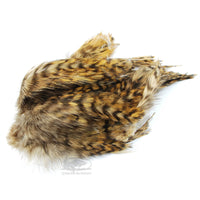 Barred Strung Neck Hackle
Barred Strung Neck Hackle
-
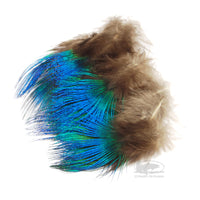 Blue Peacock Feathers
Blue Peacock Feathers
-
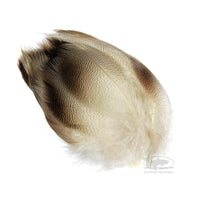 Bronze Mallard
Bronze Mallard
-
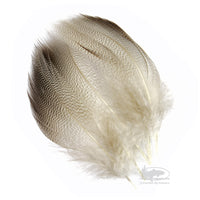 Bronze Mallard Spey Large Select
Bronze Mallard Spey Large Select
-
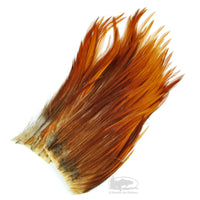 Bugger Hackle Patches
Bugger Hackle Patches
-
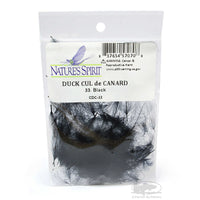 CDC Feathers
CDC Feathers
-
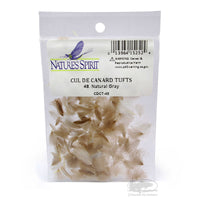 CDC Tufts
CDC Tufts
-
 Coq De Leon
Coq De Leon
-
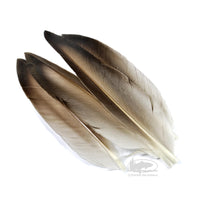 Duck Quill
Duck Quill
-
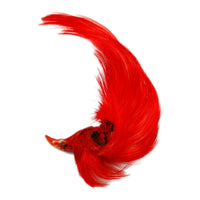 Dyed Golden Pheasant Crests - 2-Pack
Dyed Golden Pheasant Crests - 2-Pack
-
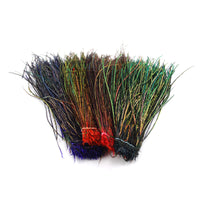 Dyed Peacock Herl
Dyed Peacock Herl
-
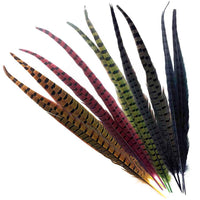 Dyed Ringneck Pheasant Tail
Dyed Ringneck Pheasant Tail
-
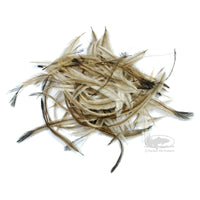 Emu Feathers
Emu Feathers
-
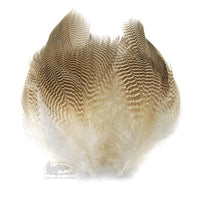 Gadwall Barred Flank Feathers
Gadwall Barred Flank Feathers
-
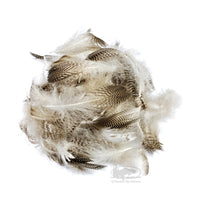 Gadwall Feathers
Gadwall Feathers
-
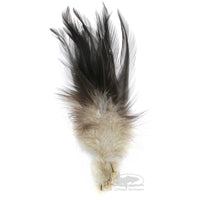 Gallo de Leon Saddle Feathers
Gallo de Leon Saddle Feathers
-
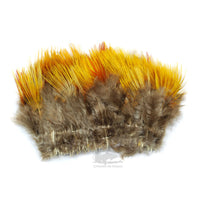 Golden Pheasant Body Feathers
Golden Pheasant Body Feathers
-
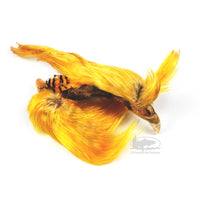 Golden Pheasant Complete Crest - 2-Pack
Golden Pheasant Complete Crest - 2-Pack
-
 Golden Pheasant Tail Piece
Golden Pheasant Tail Piece
-
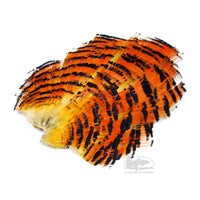 Golden Pheasant Tippet
Golden Pheasant Tippet
-
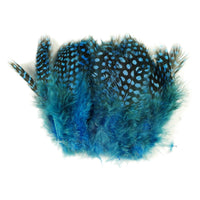 Guinea Feathers
Guinea Feathers
-
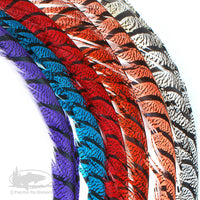 Lady Amherst Center Tail
Lady Amherst Center Tail
-
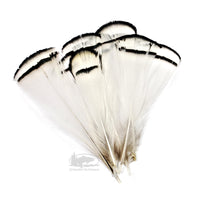 Lady Amherst Pheasant Tippets
Lady Amherst Pheasant Tippets
-
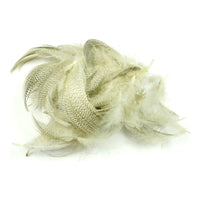 Mallard Flank
Mallard Flank
-
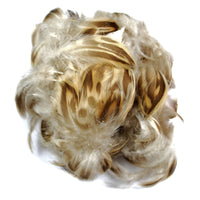 Mallard Hen Flank
Mallard Hen Flank
-
 Metz Graded Hackle Select Single Packs
Metz Graded Hackle Select Single Packs
-
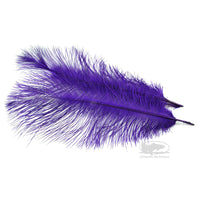 MFC Ostrich Plumes
MFC Ostrich Plumes
-
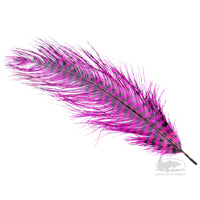 MFC Ostrich Plumes - Barred
MFC Ostrich Plumes - Barred




























